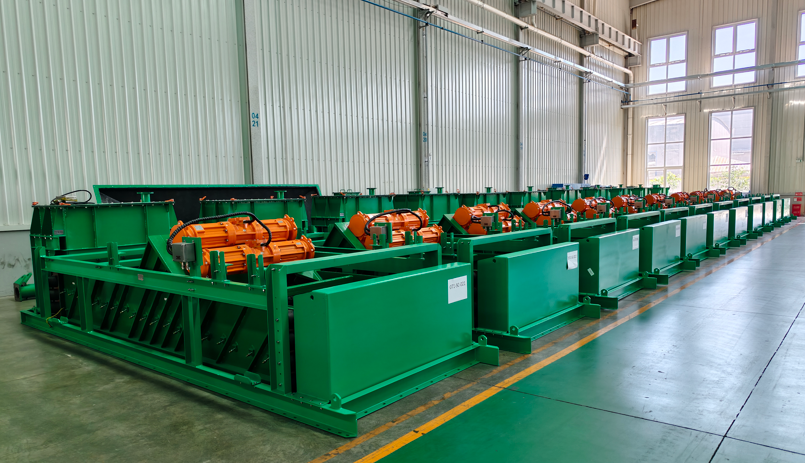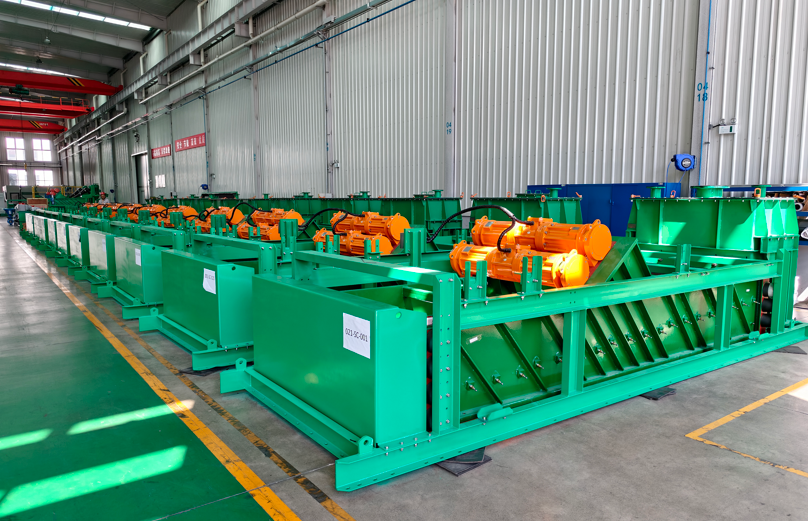In the world of mineral processing, efficiency is everything. One piece of equipment that has become indispensable is the high-frequency vibrating fine screen. Recently, 11 of these advanced screening machines were shipped to overseas clients, showcasing the growing global demand for high-performance mining equipment. But how do these screens work, and why are they so effective? Let’s break it down.
At their core, high-frequency vibrating fine screens are designed to separate fine particles from bulk materials quickly and accurately. Unlike traditional screens, which rely on gravity or low-frequency vibrations, these screens operate at much higher frequencies—typically around 24Hz or higher. This rapid vibration creates a sharp, upward throwing motion that keeps particles in constant movement, preventing clogging and ensuring precise separation.
The screens usually feature multiple layers of fine mesh, often made from durable materials like polyurethane. These meshes have high open areas, meaning more material can pass through while maintaining accuracy. The result? Faster processing, less downtime for cleaning, and a longer lifespan for the screens themselves.
The screen’s motor generates rapid oscillations, causing the screen deck to vibrate intensely. This motion throws particles upward, allowing finer materials to pass through the mesh while larger particles move toward the discharge end.
Many models feature stacked screen decks, enabling multi-stage screening in a single unit. This means raw material can be sorted into several size grades in one pass, boosting efficiency.
Advanced models come with variable frequency controls, allowing operators to tweak vibration intensity based on material type or moisture levels. Some even include remote monitoring for real-time adjustments.
Higher Efficiency: These screens process materials faster than traditional methods, reducing operational bottlenecks.
Lower Maintenance: The anti-clogging design and durable materials mean fewer breakdowns and longer service intervals.
Customization: Screens can be tailored for specific minerals, climates, or facility layouts, making them versatile for diverse mining operations.
From coal processing to metal ore sorting, these screens are used in industries where precision matters. In one case, a gold mine reported a 20% increase in recovery rates after switching to high-frequency screens. Another coal plant reduced its waste by optimizing particle separation, cutting costs significantly.

